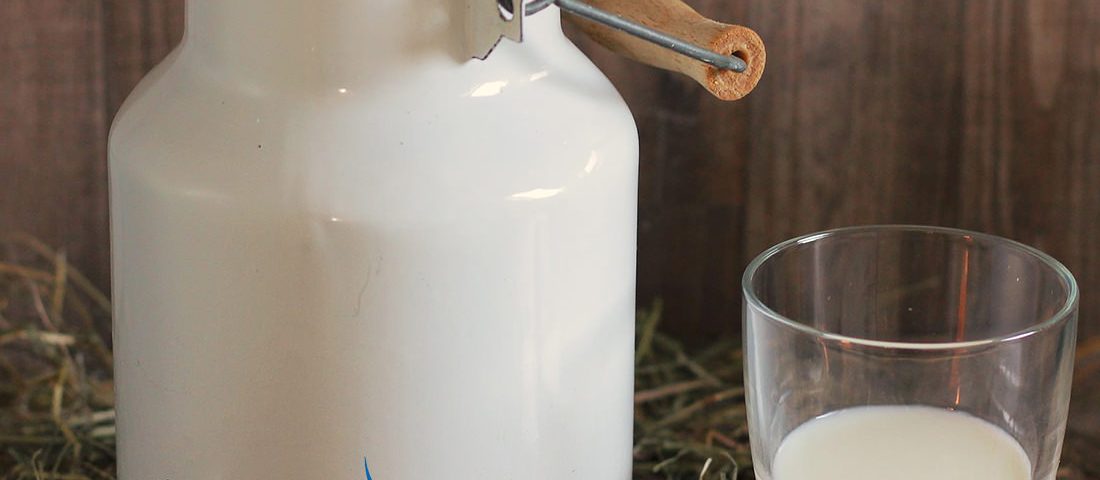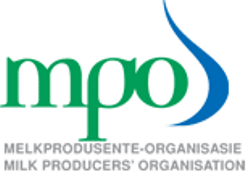
According to Don Sockett, veterinary microbiologist at the University of Wisconsin it is critical to not only remove bedding when cleaning your calf facilities but also to effectively remove harmful biofilms. Cleaning calf pens goes beyond removing bedding to cleaning floors to remove biofilms that harbor bacteria which have a negative effect on calf health and farm profitability. Effective cleaning of calf facilities starts with the design which must include slopes and drains for water run-off. High-pressure washers should be avoided because of the risk of cross-contamination. Sockett states that biofilm is the community in which bacteria associated with respiratory disease, scours, roto virus and crypto live and describes biofilm as the enemy of calf raisers. “If your cleaning is not efficiently removing the biofilm layer, you’re really not accomplishing much”, Sockett claims. For practical advice on the efficient cleaning of your calf facilities, click HERE.
Published on Monday, 8th May 2017 - 11:50
Recent Posts
disclaimer









